I. Executive Summary: A Defining Moment for the Future
II. The Geopolitical Landscape: A New Era of Competition
-
Expansionist Agenda: The Belt and Road Initiative (BRI), ostensibly an infrastructure development project, extends the PRC’s economic and political influence across continents. Coupled with its aggressive actions in the South China Sea and its increasing military modernization, the BRI reveals an ambition for global reach and influence.
-
Hybrid Warfare Tactics: The PRC employs a sophisticated blend of conventional and unconventional tactics to achieve its objectives. This includes economic coercion, cyber warfare, disinformation campaigns, and the strategic acquisition of assets in other countries. The purchase of farmland near US defense installations falls squarely within this framework, offering potential platforms for surveillance, espionage, and disruption of critical infrastructure.
-
Strategic Partnerships: The PRC’s deepening relationship with Russia, as evidenced by joint military exercises and declarations of a “no limits” partnership, further amplifies the challenge. This alignment creates a formidable counterweight to the US alliance system.
-
Internal Control and External Influence: The PRC’s increasingly authoritarian domestic policies, including the suppression of dissent in Hong Kong and the persecution of Uyghurs in Xinjiang, demonstrate a disregard for human rights and international norms. This internal control is mirrored by external efforts to influence political discourse and undermine democratic institutions in other countries.
-
“No Limits” Mindset: The data suggests a concerning ambition within the PRC that extends beyond regional hegemony. Their actions, coupled with their rhetoric, indicate a desire to reshape the global order according to their own interests and values, potentially at the expense of the existing rules-based system. This ambition, if unchecked, poses a significant threat to global stability.
-
The PRC & USA believe the future is, and should be, a repeat of the past (forgetting everything taught in engineering school). One reserve currency after the another, even if humanity is suppose to leave behind old centralized currency system and old centralized governance systems for decentralized approaches at this crossroads (2024-2025).
III. The Economic Weapon: Dependency as a Tool of Control
-
Dominance in Critical Industries: The PRC has achieved a dominant position in vital sectors like shipbuilding, industrial robotics, rare earth minerals, and 5G technology. This dominance allows them to control supply chains, dictate prices, and potentially cripple the industrial capacity of other nations. The implications for national security are profound, as dependence on the PRC for essential goods and technologies creates significant vulnerabilities.
-
Debt-Trap Diplomacy: Through the BRI, the PRC has extended loans to developing countries for infrastructure projects, often on terms that are unsustainable. When these countries struggle to repay, the PRC gains leverage, often acquiring strategic assets or political influence in the process (example ports, for dominance of the seas, using traditional slave/master dominance systems that have enslaved nations for the past 3000 years .. Ex: Italy, India, Israel, Romania etc..). This practice has raised concerns about a new form of colonialism, with the PRC using debt as a tool to expand its global footprint. And its exactly what will happen under centralized world order thinking and planning.
-
Currency Manipulation: While we do not explicitly detailed documents here, the potential for the PRC to manipulate its currency to gain an unfair trade advantage remains a concern. A weaker yuan makes Chinese exports cheaper, potentially harming domestic industries in other countries. The prospect of a widely adopted digital yuan also raises concerns about the PRC’s ability to exert greater control over global financial flows and potentially undermine the dominance of the US dollar.
-
Technological Leverage: The PRC’s advancements in AI, quantum computing, and biotechnology are not just about economic competitiveness; they are about achieving technological superiority that can be translated into military and strategic advantages. For instance, dominance in AI could give the PRC an edge in surveillance, cyber warfare, and autonomous weapons systems.
IV. The Technological Imperative: Building a Decentralized Future
-
Blockchain for Transparency and Security: Blockchain technology, with its decentralized and immutable ledger, provides a foundation for secure and transparent transactions, data management, and governance. It can be used to:
-
Secure critical infrastructure: Protecting power grids, communication networks, and other vital systems from cyber-attacks and manipulation.
-
Streamline supply chains: Tracking goods in real-time, verifying authenticity, and automating customs procedures, reducing reliance on centralized intermediaries.
-
Enable decentralized governance: Facilitating secure and transparent voting systems for decision-making within the alliance and potentially within member states.
-
Manage digital identities: Creating secure and verifiable digital identities for individuals and entities, enhancing privacy and security in online interactions.
-
AI for Optimization and Resilience: Artificial intelligence can be harnessed to enhance efficiency, optimize resource allocation, and improve decision-making across various sectors. This includes:
-
Smart energy grids: Using AI to manage energy distribution, integrate renewable sources, and optimize energy consumption.
-
Precision agriculture: Employing AI to monitor crops, optimize irrigation, and improve yields, enhancing food security.
-
Predictive maintenance: Using AI to anticipate equipment failures and optimize maintenance schedules, reducing downtime and improving efficiency.
-
Cybersecurity: Deploying AI-powered systems to detect and respond to cyber threats in real-time.
-
Advanced Manufacturing for Localized Production: 3D printing, robotics, and other advanced manufacturing technologies enable the creation of decentralized manufacturing hubs, reducing reliance on global supply chains and promoting local economic development. This includes:
-
On-demand production: Producing goods locally and on-demand, reducing transportation costs and environmental impact.
-
Customization and personalization: Tailoring products to specific needs and preferences, fostering innovation and creating new market opportunities.
-
Resilient supply chains: Reducing dependence on single suppliers and creating more adaptable and resilient supply chains.
-
Small Modular Reactors (SMRs) for Energy Independence: SMRs offer a safe, reliable, and scalable source of clean energy, reducing reliance on fossil fuels and enhancing energy security. They can be deployed in a decentralized manner, providing power to remote areas or critical infrastructure. This is a key component for each participating nation, to be energy independent.
-
Sovereign Digital Currencies: These are not cryptocurrencies, but rather digital versions of existing fiat currencies, designed to enhance a nations financial stability, and allow for a more robust framework to build new financial tools.
V. The Strategic Importance of the Land: Nodes in a Decentralized Network
-
Protecting Critical Infrastructure: This land could be used to develop the technology necessary to attack components that underpin the Transatlantic Network node USA.
-
Preventing Disruption: Allowing a potential adversary to control land near defense installations creates a vulnerability that could be exploited to disrupt critical infrastructure, monitor sensitive communications, or even launch pre-emptive attacks.
-
Securing the Network: Reclaiming this land is essential to securing the physical infrastructure that will support the decentralized, resilient systems envisioned by the Transatlantic Nexus.
VI. The Philosophical Foundation: A Clash of Worldviews
-
Decentralization: Distributing power among multiple actors, preventing the concentration of power in the hands of any single entity.
-
Individual Liberty: Protecting individual rights and freedoms, including freedom of speech, freedom of association, and freedom of thought.
-
Free Markets: Promoting open and fair competition, fostering innovation and economic growth.
-
Transparency and Accountability: Ensuring that power is exercised transparently and that those who hold power are accountable to the people they serve.
-
Long-Term Sustainability: Prioritizing the long-term well-being of humanity and the planet over short-term gains. This is where the 1-million-year timescale comes into play.
VII. The Decision: A Necessary Act of Self-Preservation
VIII. Actionable Steps: Implementing the Decision
-
Legal and Transparent Process: Utilize existing legal frameworks (e.g., Defense Production Act, CFIUS) to reclaim the land, ensuring due process and fair compensation based on independent market value assessments.
-
Public Diplomacy: Clearly communicate the rationale for this decision to the American public and the international community, emphasizing the defensive nature of the action and its alignment with international law.
-
Strategic Investment: Invest in the development of the reclaimed land to support the infrastructure needs of the Transatlantic Nexus, creating jobs and fostering economic growth.
-
Strengthen Alliances: Deepen cooperation with allies within the framework of the Transatlantic Nexus, sharing intelligence, coordinating policy responses, and jointly developing the technologies that will underpin a decentralized future.
-
Promote the Vision: Articulate a clear and compelling vision for a decentralized, free, and prosperous world order, based on the principles of the Transatlantic Nexus, and engage with other nations to build a broader coalition of support.
IX. Conclusion: Shaping the Future of Humanity
Conclusion:
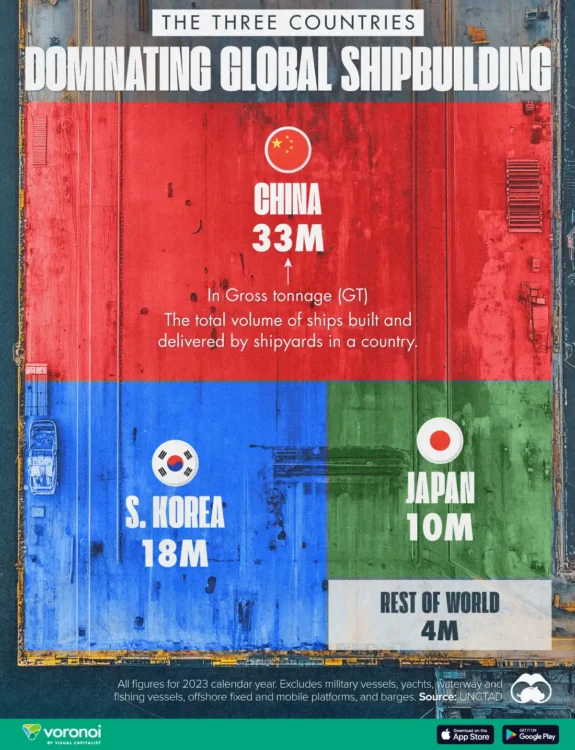
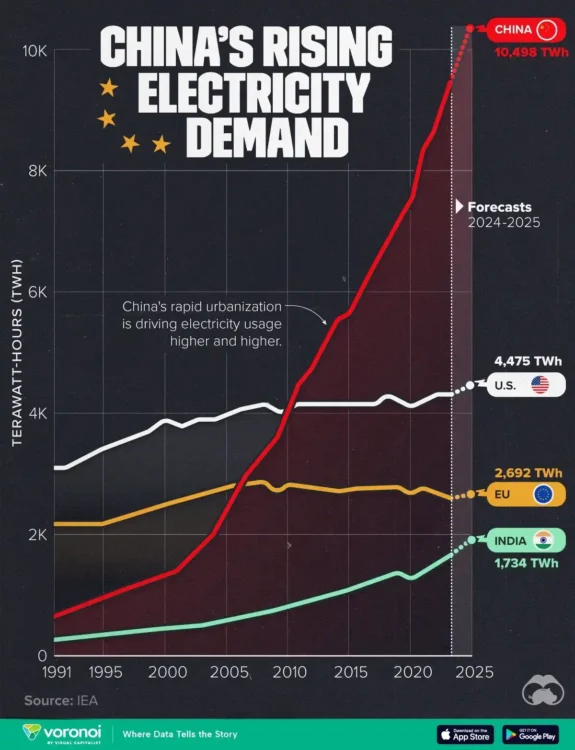
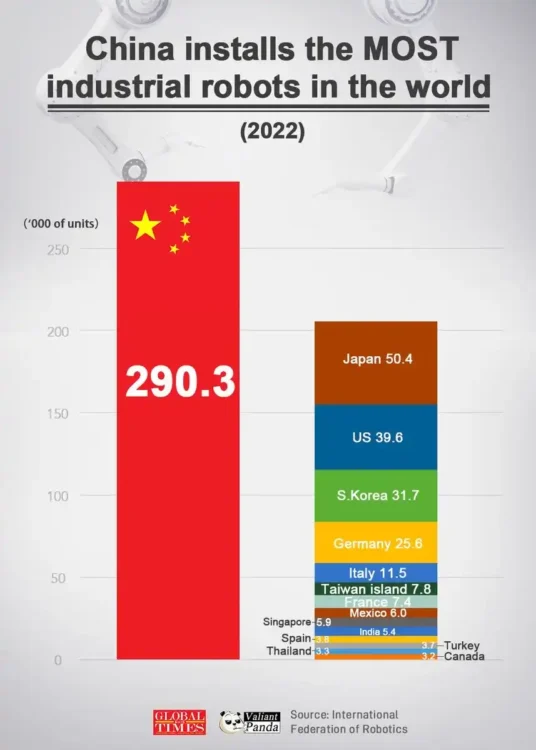
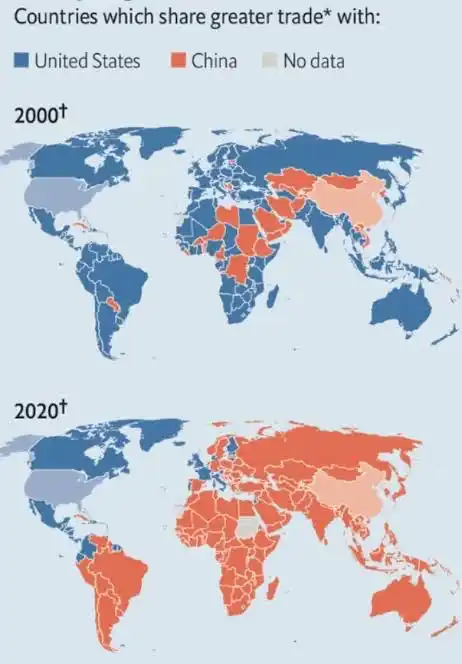
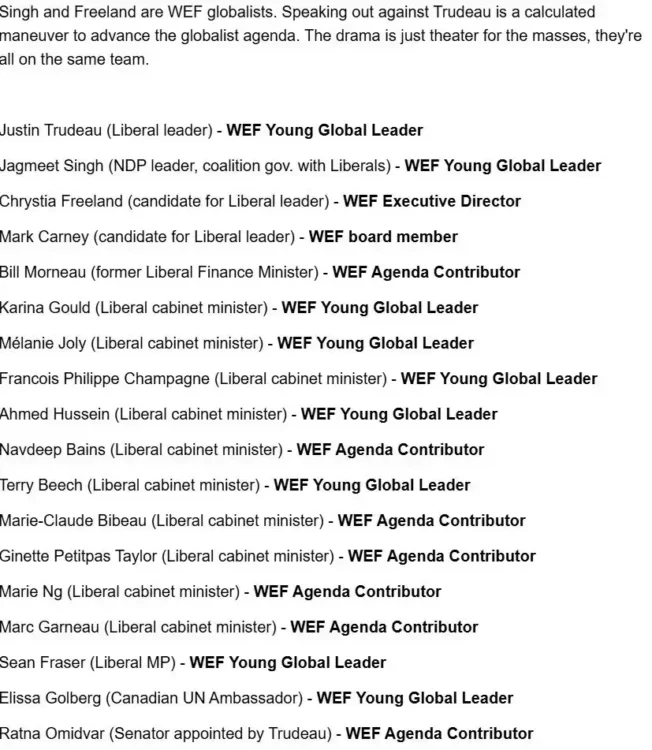
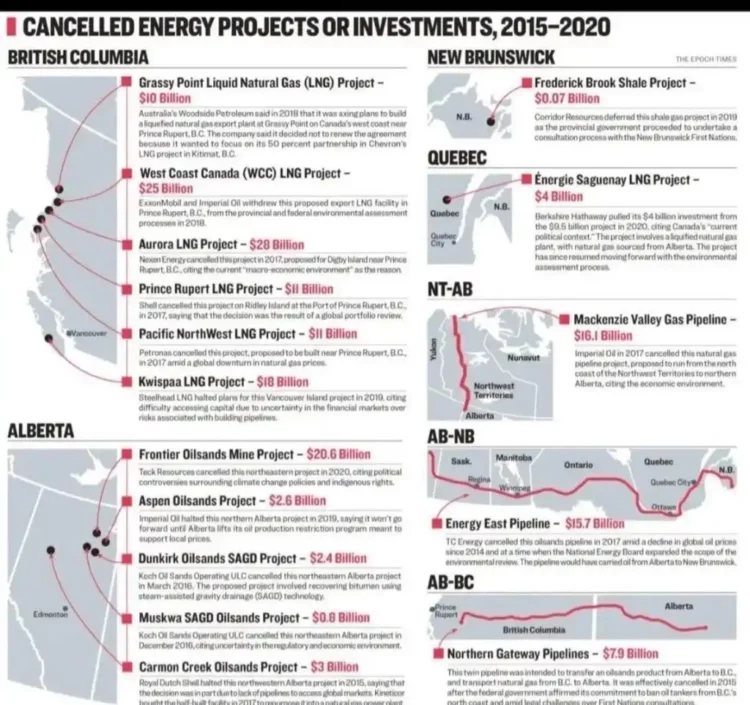
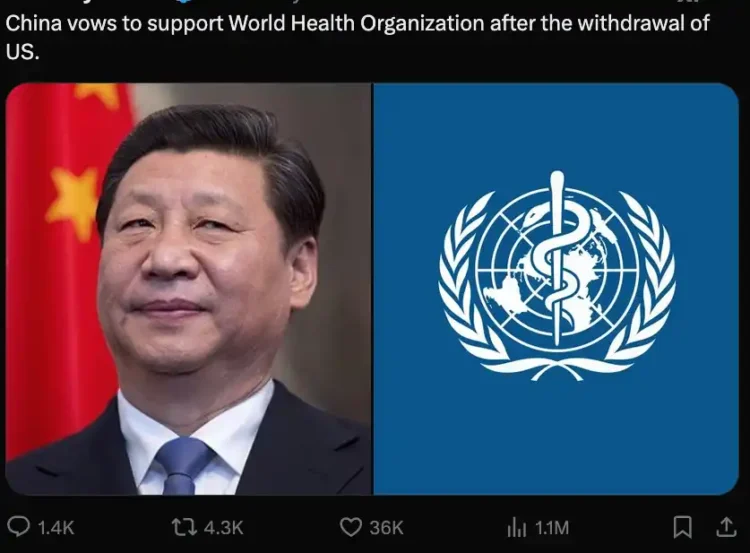
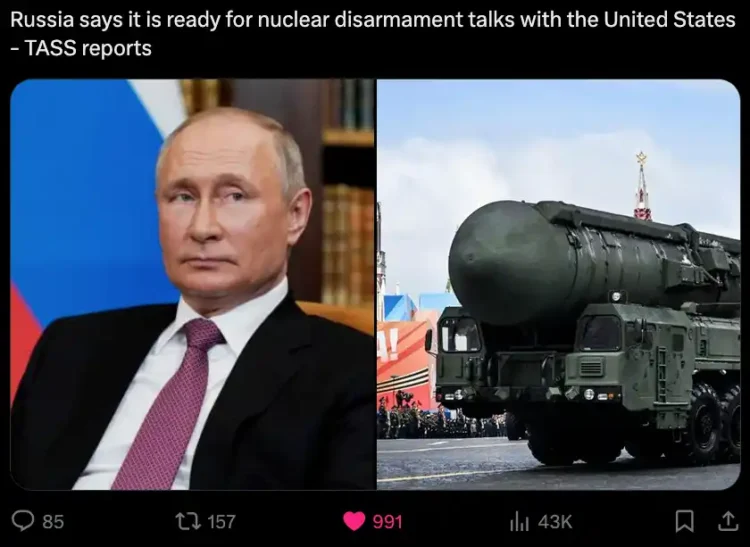

Related Content:
Title: “That is true. But more specific and very important point: Canada needs its gold reserves now more than ever to protect its currency in the age of rapid crypto adoption.” https://x.com/SkillsGapTrain/status/1883683856978469013
Title: “Global Agendas and Cabinet Composition: The Role of Diversity in Obfuscating Power Dynamics” https://x.com/SkillsGapTrain/status/1883596669734003082
Title: “Star Trek’s World War III: The Road to Utopia Paved with Ashes” https://x.com/SkillsGapTrain/status/1883296137836200313
Title: “GPT-4o Agrees. SGT: Historical Question 1” https://x.com/SkillsGapTrain/status/1883196195289407848
Title: “15 minute cities – WEF – C40. Look what assault they do to 21st century people” https://x.com/SkillsGapTrain/status/1880433170249847131
Title: “Esteemed Heads of State and Government” https://x.com/SkillsGapTrain/status/1880635423568855234
Title: “Hi Friend!!! It’s your destiny to defeat the extremists (like Charlie Angus) & to restore electrified 21st century civilization in Canada!!!” https://x.com/SkillsGapTrain/status/1880776925901369518
Title: “The Illusion of Open Borders: How Post-National Dreams Could Cost Canada Its Future”
Title: “Romania at a Crossroads: A Beacon of Faith, Resilience, and Redemption” https://x.com/SkillsGapTrain/status/1883061306854383908
Title: “The CARBON TAX as a Foundational Barrier to Canada’s Prosperity and Sovereignty“ https://x.com/SkillsGapTrain/status/1881111114265850046
Title: “The Hijacking of a Nation: Why Did PM Trudeau Tie Canada’s Identity to PRIDE & Communist Symbols” https://x.com/SkillsGapTrain/status/1869124162058653843
Title: “Unmasking Global Titans: How China and Russia’s Industrial Economy Exposes Western GDP Illusions” https://x.com/SkillsGapTrain/status/1848150805079081305
Title: “The United Earth Alliance (UEA): A Building an Enduring & Timeless Civilization” https://x.com/SkillsGapTrain/status/1883320703363235841
Title: “The Great Convergence: Humanity’s Metamorphosis Through Artificial Intelligence” https://x.com/SkillsGapTrain/status/1883740568800330040
Title: “BRICS vs. Soviet Union: How a United Bloc Surpasses the Cold War Superpower” https://x.com/SkillsGapTrain/status/1847423165775171895
Title: “Critique of the 15-Minute City Model: A Call for Practicality, Sustainability, and Security” https://x.com/SkillsGapTrain/status/1843922512050004143
Title: “The Great Convergence: Resisting the Digital Authoritarianism & Centralized Control of Smart Cities” https://x.com/SkillsGapTrain/status/1843323244805538150
Title: “The Ghost in the Machine and the Spectre of Dystopia: Comparing Transhumanist Visions in Eastern and Western Science Fiction” https://skillsgaptrainer.com/ghost-in-the-machine-spectre-of-dystopia/
Title: “The Millennium Blueprint for Lean Two-Tier Governance: Europe’s Rise Towards The Thousand-Year Future — And Ultimately, All Humanity”https://x.com/SkillsGapTrain/status/1879533269001064613
To see our Donate Page, click https://skillsgaptrainer.com/donate